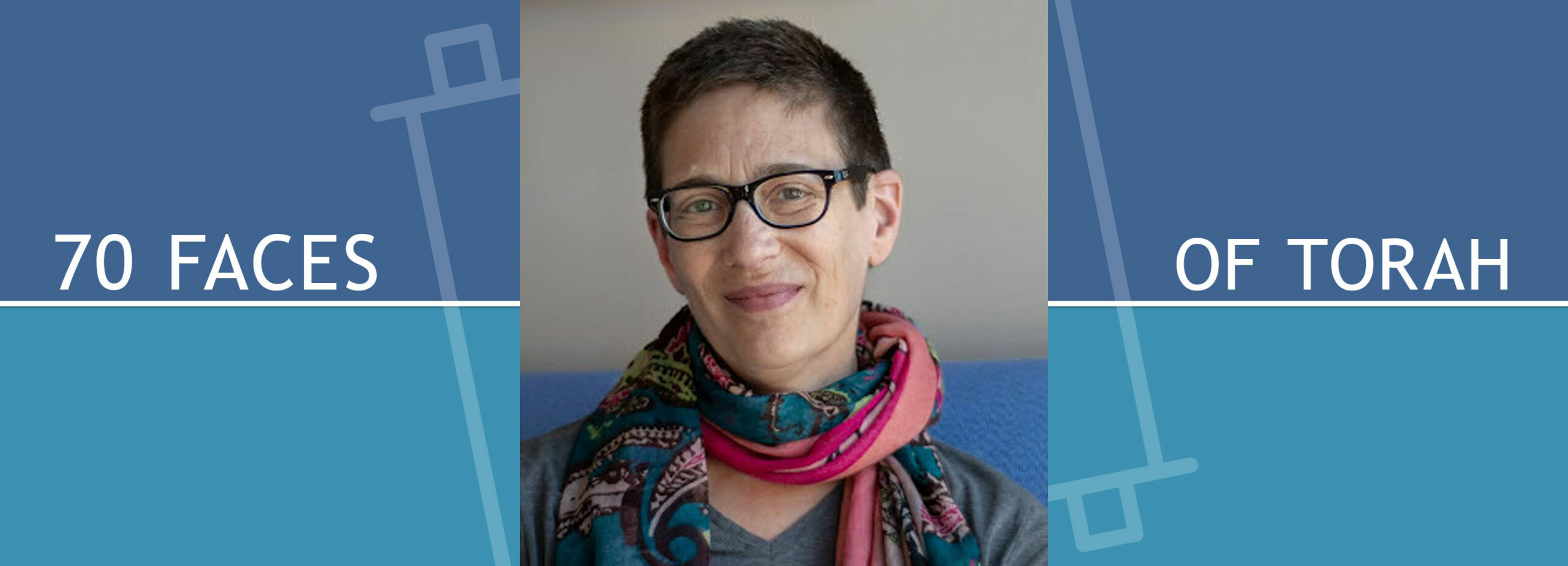Jewish learning So that the Children will Ask

Tonight begins the Festival of Pesach, and while each of us will each do this in our own ways, there is a thread that unites every seder. The project tonight is to remember in detail something that didn’t exactly happen to us, but that is nonetheless written into our bones and our worries and our traumas and our triumphs. The Mishnah (Pesachim 10:5) teaches and the Haggadah reinforces:
בְּכָל־דּוֹר וָדוֹר חַיָּב אָדָם לִרְאוֹת אֶת־עַצְמוֹ כְּאִלּוּ הוּא יָצָא מִמִּצְרַיִם
In each and every generation, a person is obligated to see themselves as if they had gone out from Egypt.
With these words we are invited into an act of wild imagination. The thing that gets us there—the method for this particular madness—is curiosity. Pesach is the holiday of noticing and asking. By halacha (Jewish law) or by tradition, we do things differently tonight. We array the table early, and even if we use nice dishes year round, Pesach dishes should somehow be even nicer, the best we have. We set out strange foods on special dishes, things we wouldn’t eat on a regular night, so we might spark the children to wonder. We load up the table with a platter filled with ceremonial foods. Three matzahs and maror and charoset. Parsley and something to dip it in, plus two cooked dishes, maybe meat and egg. The halacha dictates that all these be arranged such that the leader needn’t reach over the matzahs to get to the other things; such that the dip of vinegar or salt water is closer to the parsley than to the matzah; such that everything is closer to the leader than the meat and egg. Laws of physics be damned, the halacha has its own ideas.
We do all this not only to be in accordance with tradition and fulfill the various mitzvot, but also to inspire questions. The famous Four Questions are, like the Ten Commandments, really just the first four questions. (Originally there were three, corresponding to Rabban Gamliel’s teaching that the three salient mitzvot of Passover are pesach, matzah, u’maror—the Paschal lamb, matzah, and bitter herbs.)
The Four Questions we now invite—or cajole—the youngest seder attendee to chant set the scene by reminding us that the whole festival is full of oddities and curiosities which offer us a chance to say, in so many words, What’s up with that?
Why so fancy? Why so many fours? Why do we lean over and why to the left? (I think it’s so as to be closer to the heart.) What was it like in Egypt? Why did God choose Moses?
Hey wait a minute, I thought this story was about Moses, but I don’t see his name in the haggadah… why is that?
Did God really need to send all those plagues? Why do we have two cups of wine before we even start the meal? If there are no children to ask the four questions, who asks? If one is alone, whom does one ask? Why, after chocolate mousse, do we finish with the bread of misery on our lips?
Also.
How did Egyptian society recover from the blood and the lice and the darkness, not to mention the death of an entire cohort of people and animals? Why does Savta Rose get a faraway look in her eyes and turn away after singing that impossible-to-follow tune for Adir Hu? When will Eliahu come? When, oh when, will Eliahu come?
We do all this so the children—and the adults—will ask and keep asking. Where am I in this story? Where does the story take me?
Tonight, we begin to answer.
Naomi Gurt Lind is a fourth-year rabbinical student at Hebrew College and the editor of the 70 Faces blog. She currently serves as rabbinic intern at Temple Ahavat Achim in Gloucester, and as of July 1 will expand her role there to become sole clergy. Apart from her studies, teaching, and leading, she plays Bananagrams with her family and bakes a legendary challah.

